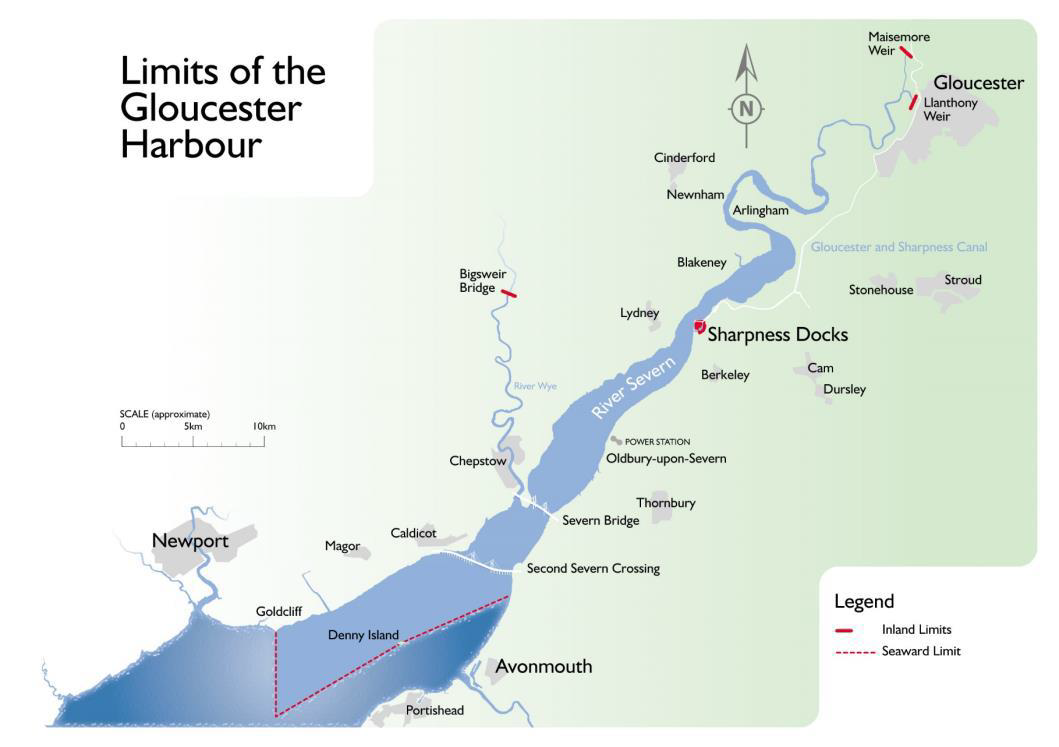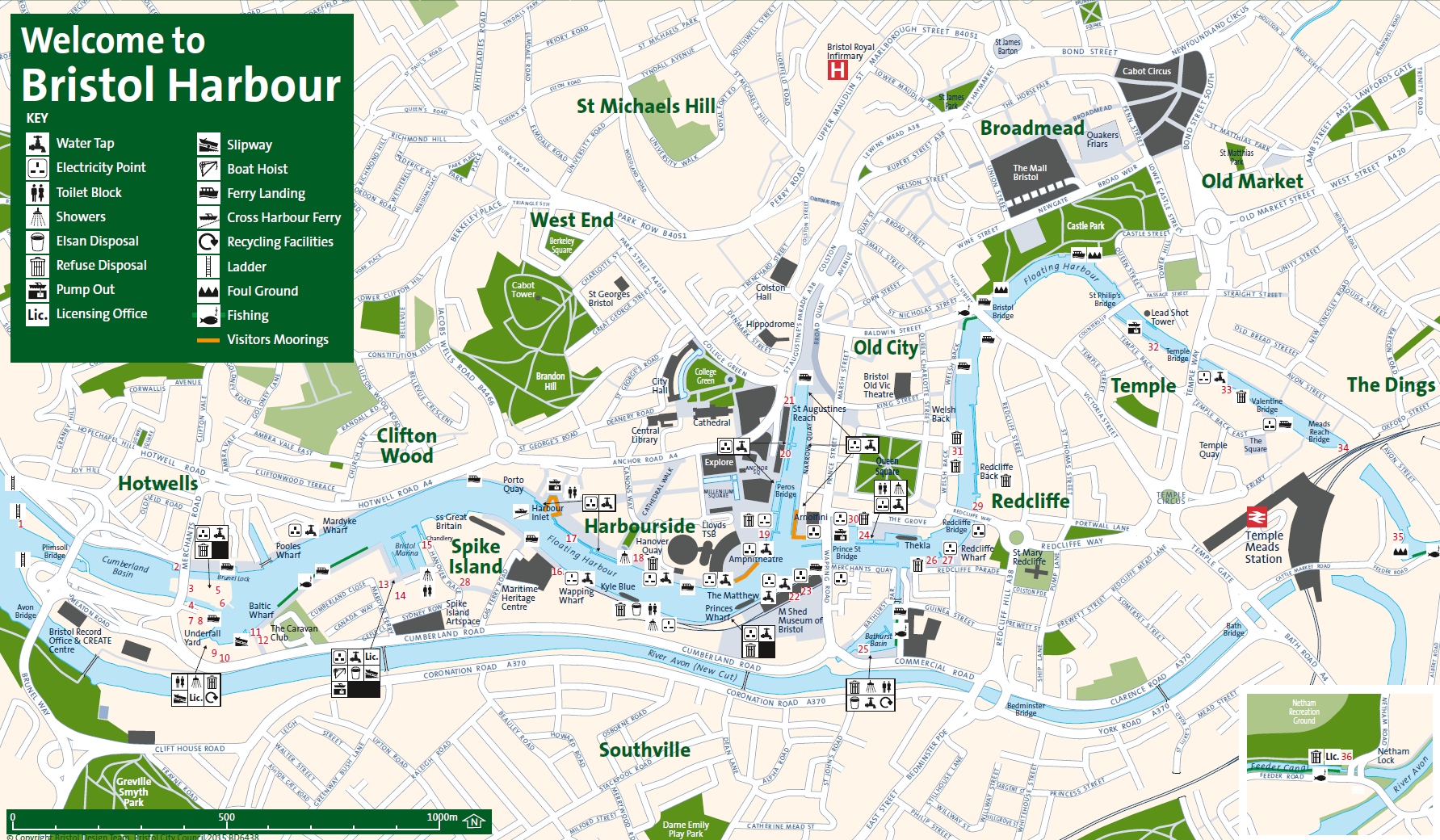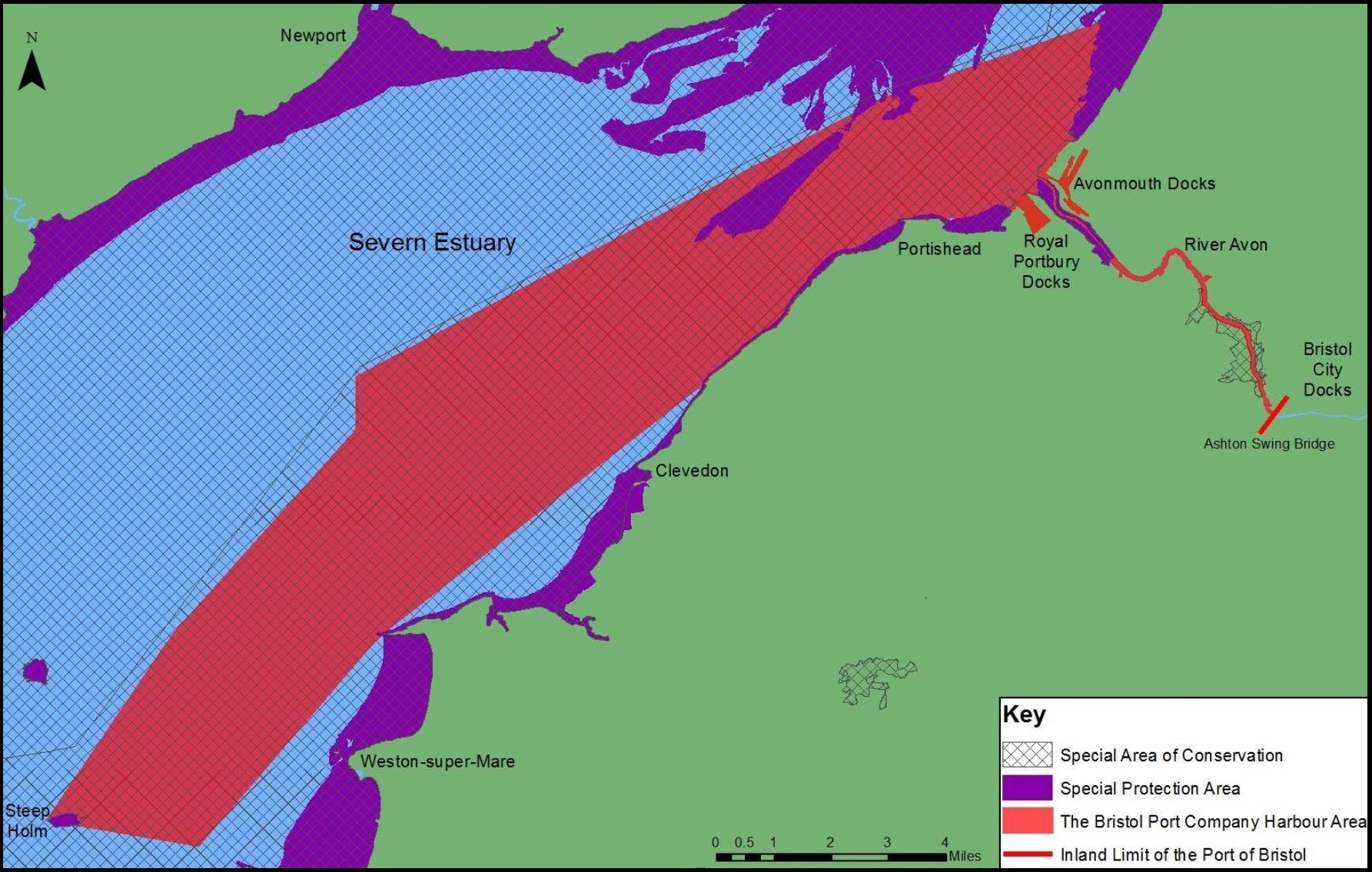Why This Trip is Different
A long, thin, flat-bottomed, shallow-drafted narrowboat is designed, primarily, for the still, shallow waters of canals and inland rivers. This journey, on tidal rivers and the wide open Severn Estuary, has to be managed quite carefully. You can't just proceed whenever you want and you are not expected to attempt it without a qualified pilot who knows the winds, tides, currents, weather conditions, sandbars and wrecks that might be encountered and is tuned into the movements of larger-scale shipping all around.
Furthermore, needing to work with the tides means that the time available for the trip is not sufficient to allow a fairly low-powered narrowboat to complete it in a single leg. It is necessary, therefore, if counter-intuitive, to turn south at Avonmouth and lie up at Portishead Marina until the next tide allows the trip to continue, usually the following day.
There is no single, simple source to get the information required and organise it all for you. The mass of material gathered from different navigation or port authorities, with other interested associations, is overwhelming. All the arrangements to arrive, leave, moor, open locks or bridges, rendezvous with pilots and ensure the vessel is prepared, seaworthy and adequately insured are down to the individual owner.
This is all a bit different from getting up in the morning, setting off up the canal, cruising for as long as you feel you want to and just pulling in to moor.
Navigating The Jurisdictions
Understanding the landscape and who is involved is a good place to start. Straightaway, certain terms were a bit confusing, initially. Only when you have understood what they actually mean does the rest start to make sense. A few important ones were:
Gloucester Harbour
Not just the docks area in Gloucester. Instead it is a sea area that runs from the weirs on the Severn by Gloucester, down past both Severn crossings, way out into the estuary, on the Welsh side and half way across to Avonmouth. It also takes in the tidal River Wye and importantly for us, Sharpness Docks and access to the CRT owned canal. Gloucester Harbour Trustees are the navigation authority for this whole area and license the pilots for those waters.
Bristol Floating Harbour
Not some mysterious multi-story mooring above Bristol. It turns out to be just Bristol Harbour, itself. With the second highest tidal range of any port in the world ships moored in Bristol Harbour would settle on the empty sea bed. That meant they had to be constructed to be able to withstand that treatment, twice a day and made them very vulnerable to fire on any vessel, with no means to move out of harm's way when stuck in the ebbtide mud. When, in the early nineteenth century, locks were built and relief channels dug to improve the harbour so that vessels using the port always had sufficient water under their keel to moor or manoeuvre, it became known as the Floating Harbour. It runs from Netham Lock, off the River Avon, down through the city centre and out to Junction Lock and Cumberland Basin, the route out to the tidal Avon and the sea. Ultimately, this all seems to be controlled by the Bristol City Council.
20240829 Bristol Harbour Map 01
The Port Of Bristol
This is not Bristol Harbour. It is the whole sea area on the English side of the Severn Estuary, from the boundary with Gloucester Harbour down to Weston-super-Mare including, again importantly for us, Avonmouth and Portishead, which is where one would naturally lie up between tides. The navigation authority here is The Bristol Port Company. However, the pilots are operated and managed by Bristol Channel Pilots Limited.
What Was Involved
We started our serious planning a few weeks in advance by picking a date when we thought we would want to go and basing everything on that. This proved to be something of a schoolboy error. It is probably wiser to start with the tide timetable and then determine a target date from that. We might have found that there was a particular type of tide expected that day which might make it unsuitable for the crossing and then would have had to wait, maybe for several days. In our case we did discover that our chosen date meant the tides over the two days would only be right very early in the morning or late in the evening. As it happens, we were able to take advantage of our error by doing the crossing in two legs but both on the same day, not something that is usually considered.
There are several low bridges on the route through the Floating Harbour but the lowest ones require 2.2 Metres of air draft. This was why we had double-checked our air draft on the way down, to confirm that we didn't need to book some of the movable bridges to be lifted or swung for us.
Having planned a date, we did need to book:
- Entry to and mooring in the Bristol Floating Harbour
- Passage through the New Junction and Entrance Locks out of Bristol
- A Bristol Channel Pilot to Avonmouth and across to Portishead Marina in the morning
- Entry to and mooring in Portishead Marina during the day, between legs
- A Gloucester Harbour Pilot from Portishead Marina to Sharpness Dock in the afternoon
- Passage through Sharpness Tidal Basin gates and Sharpness Lock
We started with the Gloucester Harbour Pilot. You just ring up and chat to whoever is on duty a few days in advance. They checked the forecast and thought the weather would be alright on our date of second of September. They will not let you cross if the weather is expected to create even slightly unfavourable sea conditions. We then had to keep in touch over the next days to keep checking that the forecast was still acceptable.
The Floating Harbour was another conversation, with the Bristol Harbour Office and they did actually communicate with the Bristol Channel Pilot for us. Again, the passage is weather-dependent but slightly less critical as it is mostly down the river to the estuary mouth and a little way along the coastline but quite close inshore.
Mooring in Bristol was able to be booked online. Portishead Marina required a phone call. Both were quite simple but also very expensive. If the weather turns against you it can be several extra days before you can go on and each extra day costs another night's mooring. This can even go on for weeks and some people end up having to abandon the trip and go back up the way they came because they just can't afford to wait any longer. Getting to Portishead and then getting weather-bound is probably the worst case scenario as there is no other route out. You just have to stay and pay.
Despite having booked the Bristol Channel Pilot, the Gloucester Harbour Pilot, Portishead Marina and the Floating Harbour and agree our dates and times of passage with each, we still had to:
- phone the Dockmaster at Cumberland Basin to arrange access to meet the Pilot there.
- phone Portishead Marina in advance to confirm the date and time we wanted to Lock In
- phone Portishead Marina on arrival to confirm the date and time we wanted to Lock Out
- phone the Sharpness Pierhead to confirm the date and time we wanted to Lock In
Nearly all of these arrangements were made in brief mobile phone conversations with no record of the call or what was said and no form of written confirmation as to what had been agreed. To be honest, it seemed doomed to failure.
Finally, we had to make sure we and the boat were actually ready for the journey, in accordance with the requirements of the Gloucester Harbour Pilots, which involved:
- Having our fuel tank inspected and cleaned (most issues experienced in the past have been engine failure caused by the unaccustomed movement of the boat agitating years of accumulated dirt in the fuel tank which then blocks the fuel lines)
- Taping up any low level ports in the hull, including the bow locker hatch to make sure they are watertight
- Setting up the anchor, rope and chain sufficient for deployment in the estuary
- Taking out extra cover with our insurers to cover the specific trip (normal cover is only for canals an inland waterways)
- Moving and securing all loose items, such as crockery, bottles and food stuffs, in cupboards and shelves around the boat so that they would not crash around and break or spill onto the cabin floors
- Ensuring the engine was fully serviced, had fresh oil and fuel filters fitted and we had spare filters on board, in case of need.
What It All Costs
All these bookings and services have their fees attached, so you need to be prepared for a substantial outlay. In round numbers the figures below are what it cost when we went.
Most of these had some sort of online payment system but the Pilots both seem to work on the same basis - cash in hand, no receipts, no invoices, no names, no pack drill.
- Bristol Floating Harbour initially cost £155 for three nights.
- We added an extra night by going in a day early, which cost £60
- Shoreline electricity was extra and we spent £10
- Inspection and cleaning of the fuel tank was £355
- Additional insurance to go out on the tidal estuary for one trip was £110
- The Bristol Channel Pilot was £210
- Mooring in Portishead Marina 'over tide' cost £25
(if we had had to stay overnight it would have been £70 a night). - The Gloucester Harbour Pilot was £250
Altogether then, the price of this whole venture came to £1,175.



